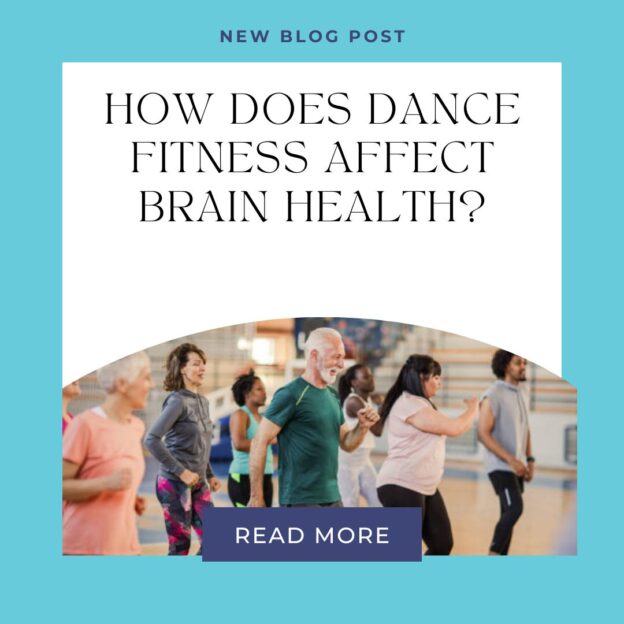How Does Dance Fitness Affect Brain Health?
We all know dance fitness is great for the body—it burns calories, builds strength, and boosts endurance. But here’s something even more exciting: it’s also a powerhouse for your brain health. As someone who’s taught and taken dance fitness classes for years, I’ve felt the mental lift firsthand. There’s something about learning choreography, keeping rhythm, and moving with purpose that wakes you up on every level—not just physically, but mentally too.
Research backs this up. A study published in Frontiers in Aging Neuroscience found that older adults who participated in regular dance classes saw improved memory and balance, as well as growth in the hippocampus—the part of the brain linked to memory and learning (source). Unlike repetitive cardio, dance requires mental engagement: you’re not just moving, you’re making split-second decisions, responding to cues, and syncing with music and people. That combination stimulates the brain in a uniquely dynamic way.
Dance fitness also releases a surge of feel-good chemicals—dopamine, serotonin, endorphins—that can ease symptoms of stress, anxiety, and even depression. According to the Cleveland Clinic, dancing helps regulate mood and reduce cortisol (the stress hormone). Personally, I’ve had days where dance class was the only thing that could shift my mindset—and I know many students who say the same. It’s like a moving meditation with a beat.
So the next time you step into a dance fitness class, know this: you’re not just sweating for the sake of fitness—you’re strengthening your brain, sharpening your mind, and elevating your emotional well-being. Whether you’re 25 or 65, the cognitive and mental health benefits are real, lasting, and joyful. Who knew brain training could look like a dance party?




